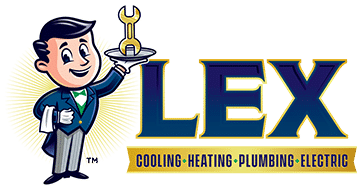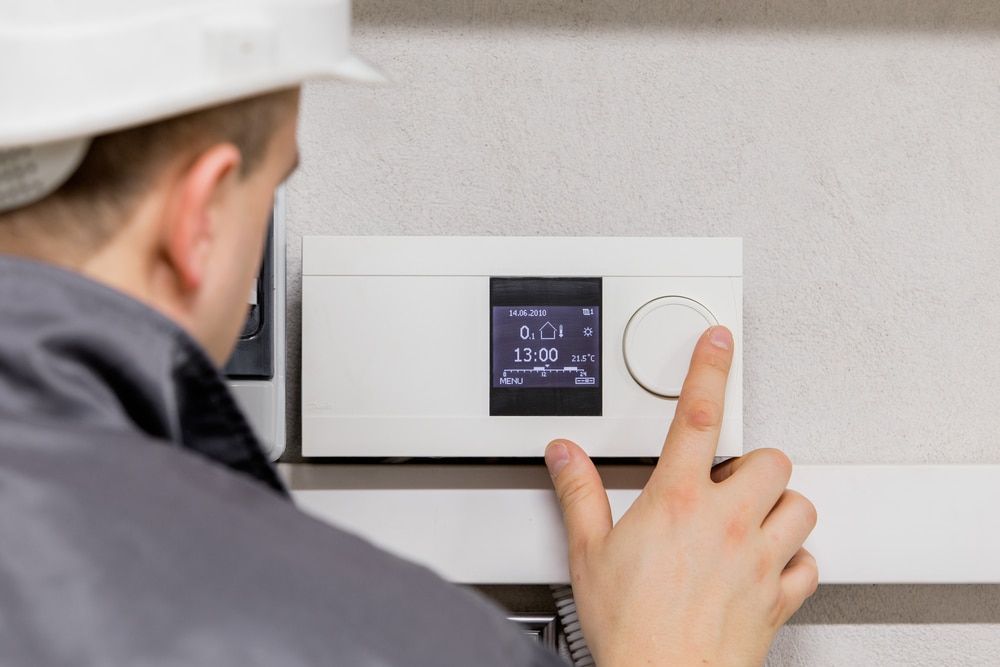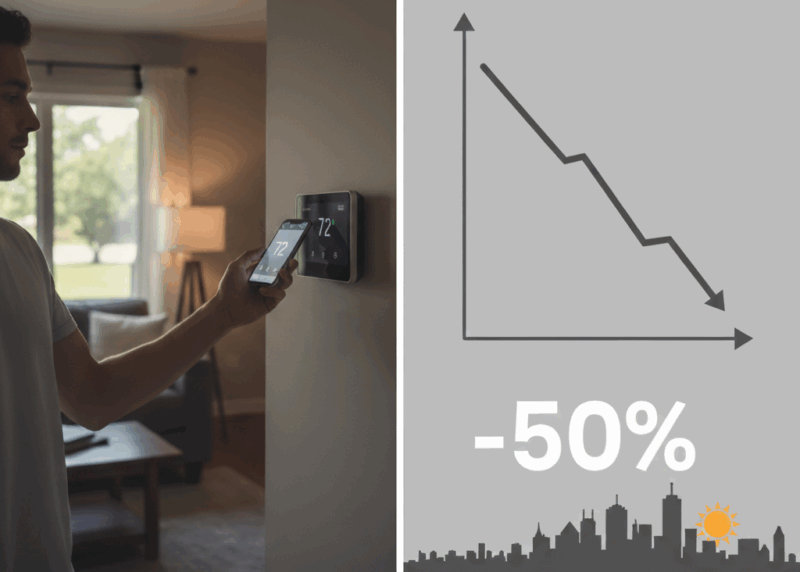As winter approaches, gas and electric furnace maintenance become a priority. Many of us are worried about reports that this year will be a record-breaker, and several places in the U.S. have already recorded their earliest snowfall in decades. We have already had winter storms that have shocked the Northeast with their ferocity, taxing oil-burning furnaces to the max. With this harsh winter looming, we turn our attention to our furnaces.
In Dallas, there are not many oil furnaces. Most people have gas or electric units in their homes and businesses. Here are some pointers from the Carrollton HVAC technicians at Lex Air Conditioning & Heating on how to maintain your gas and electric furnaces, and a comparison of the two different types of units.
Basic Furnace Maintenance
Both gas and electric furnaces need regular maintenance. Regular maintenance will not only keep the units operating efficiently, but it will also extend the life of your unit. A poorly maintained unit will not only fail to heat your house properly, but it can also be inefficient and possibly even dangerous. Both styles of the unit can be a fire hazard, and gas units produce combustion products that must be safely and properly vented out of the structure. We recommend, as do many other contractors and publications (This Old House), that you receive heating tune-up services every year. It is not very expensive, and it can save you money in the long run. Professional services are recommended.
Gas Furnaces
A gas furnace that properly fires and is supplied with enough combustion air will produce water and carbon dioxide, which is then vented outside. A lack of fresh combustion air will cause incomplete combustion and carbon monoxide will be produced instead, leading to a possibly dangerous condition in your home. A carbon monoxide detector and visual signs of backdraft and corrosion should give your contractor some clues as to whether your gas furnace has sufficient combustion air supplied to it. A vent pipe is used to carry the products of combustion outside. The pipe should be checked for cracks or leaks. It should be sealed properly to prevent any gases from entering the living space. It should also never come into contact with any combustible materials such as wood. This would be a potential fire hazard.
Once combustion air and proper venting are verified, we can turn our attention to the furnace itself. Common maintenance tasks include cleaning the combustion chamber and burner orifices, measuring voltages and amp draws, checking motors and capacitors, ensuring proper operation of the ignition components, cleaning the flame sensor, and checking all safety switches and gas valve operation. Many of these checks can be done visually and audibly, while others require the use of specialized tools such as multimeters. Most of these particular maintenance tasks are exclusive to gas furnaces.
Gas and electric furnaces both use a blower that is powered by a small motor. This blower motor moves air across the gas heat exchanger or electric heat strip. This motor is what distributes warm air through the duct system and into the building. The motor bearings can be checked manually and a multimeter is used to check for over-amping issues and also electrical winding conditions. Safety switches are present in both types of furnaces to disable the heat when the motor goes out. That is one reason it is so important to check the operation of safety switches during routine maintenance. A gas furnace that continues to fire without the air moving across the heat exchanger would eventually overheat and start a fire. A clean air filter is also extremely important for safety, proper operation, and indoor air quality.
Electric Furnaces
In neighborhoods without a natural gas supply, electric heat is necessary to heat a building. In areas with mild winter temperatures, such as North Texas, heat pumps can be paired with electric heat. Heat pumps are more efficient than electric furnaces until the outdoor temperature starts dropping below 40 degrees. At this point, it is more economical to run only electric heat.
Although the cost to operate a gas furnace is much less than straight electric heat, there are fewer moving parts in an electric furnace and they are generally quieter than their gas counterparts. This quiet operation is usually a plus for homeowners and is attributed to having a burner that doesn’t ignite, with no open flame. Electric Furnaces heat the home by forcing air across coils heated electrically. There is no chance of carbon monoxide emission or any other combustion products.
A trained and qualified technician should maintain electric furnaces as well. Whereas gas furnaces use 120V power, electric heat usually requires 208/230V power and includes many electrical components. Understanding of technical wiring diagrams is also necessary. It is a good idea to pull and clean electric heat strips before turning them on for the first time every year. Dust and debris can accumulate on the coils and cause an electrical short and damage the coils. Continuity of coils should also be checked before turning on the heat. If a coil is broken and power is applied to it, more damage could be done to the other coils and other components. Some other important checks are wires and wire connections. Electric heat wires can weaken and become brittle as a result of excess heat and/or loose wire connections and may need replacing. For this reason, all wire connections should be checked for tightness and corrected if a problem is found. Loose wire connections always lead to burnt wires, which can lead to a home fire under the right conditions.
Just like a gas furnace, there are multiple electrical switches and safety devices that need to be checked out as well, along with the blower motor and motor run capacitor. An experienced technician will also check breaker sizes and incoming power wire sizes. Not all installations are done properly, and many times breakers and wire sizes are too small or too large from the first day a system is installed.
Conclusion
Gas furnaces will provide heat at a lower cost to the homeowner because natural gas is cheaper than electricity, at the moment. However, homeowners without natural gas supplied to their neighborhood, do not have a choice. They must use electricity to heat their home. The cost of installation is roughly the same between the two styles of heaters and so is the cost of annual maintenance. Regardless of style, if your furnace is properly maintained annually your house will be warm, your family and belongings will be safer, and your furnace will function properly for many years to come.
For exceptional heating services in Carrollton and the surrounding areas, call Lex Air at (972) 217-8955 today.




